We used to enjoy an occasional afternoon at a greyhound racetrack. Over a nice lunch in the climate-controlled clubhouse, we’d place our two-dollar bets on the races. We each used our own “scientific method” of determining the winning dogs. Our methods rarely worked, but we had fun. So, when we saw that Abilene, Kansas, is home to the Greyhound Hall of Fame museum, we had to visit. The Hall of Fame highlights the history of the greyhound racing industry and pays tribute to both humans and dogs who impacted the industry.
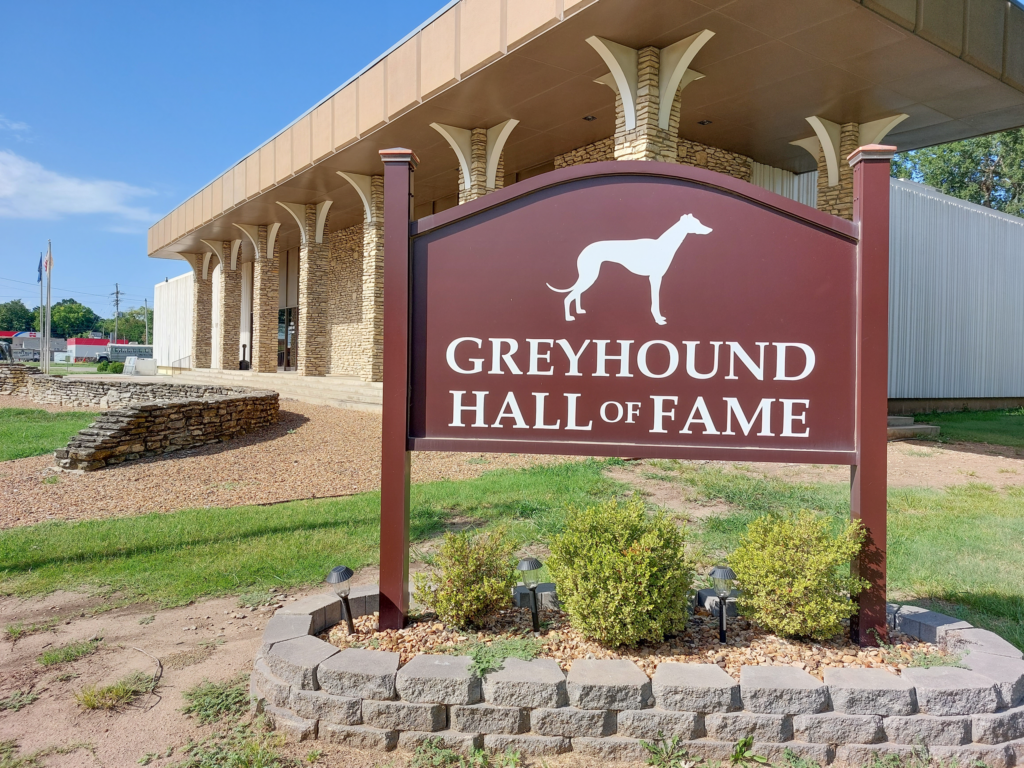
A large section of the hall of fame museum covers the history of greyhounds and greyhound racing. Here are a few highlights:
From European Aristocracy to the Americas
- Greyhounds were bred as sighthounds, dogs that hunt by sight.
- Greyhounds almost became extinct during the famine of the Middle Ages. However, thanks to clergymen who protected and bred them for nobility, they not only survived but became the dogs of the aristocracy. In fact, for a time, commoners weren’t even allowed to own greyhounds.
- As hunting for food became less important thanks to improved agricultural practices, coursing became a popular sport. Coursing is the sport of hunting game animals using sight rather than scent. When Queen Elizabeth I set rules for coursing, the sport became known as “the sport of queens.”
- Spanish explorers brought greyhounds to the Americas in the 1500s as guards and hunters.
The Rise of Greyhound Track Racing in the U.S.
- The first official coursing competition in the United States took place in Kansas in 1866.
- Owen Patrick Smith invented the artificial lure in 1907, making racing greyhounds on an oval track possible. In 1919, Smith opened the first recognized commercial racetrack in the United States in Emeryville, California.
- As tracks sprang up across the country in the 1930s, state governments stepped in to supervise and regulate. As each state legalized para-mutual gambling, they also required a share of the revenues. At one time there were about fifty greyhound racetracks throughout the United States.
Caring for the Dogs
As greyhound racing became more popular, individual kennels grew. Many of the owners had grown up on farms in Kansas, Oklahoma, and Texas, and knew how to develop a relationship with animals. Greyhound breeding farms became big business, highly regulated by the National Greyhound Association. The National Greyhound Association, founded in 1906, is the industry’s official registry. Kennels are subject to unannounced inspections each year. Inspectors look at everything from nutrition and diet to exercise to sanitation and disease control.
Upon Retirement
Once greyhounds are retired, they are often put up for adoption. In fact, according to the American Greyhound Council, over 90 percent of registered greyhounds are adopted or returned to the farm as pets or breeders when they retire. Greyhound adoption agencies endorsed by the National Greyhound Association exist all over the United States.
In fact, two friendly adopted greyhound retirees often greet visitors at the Greyhound Hall of Fame.
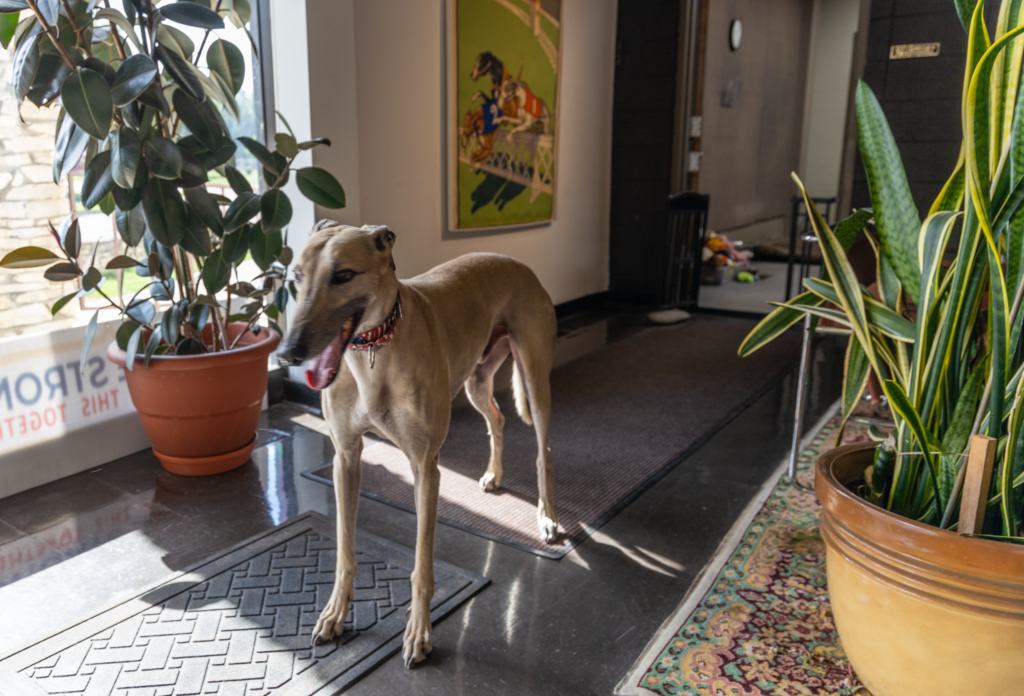
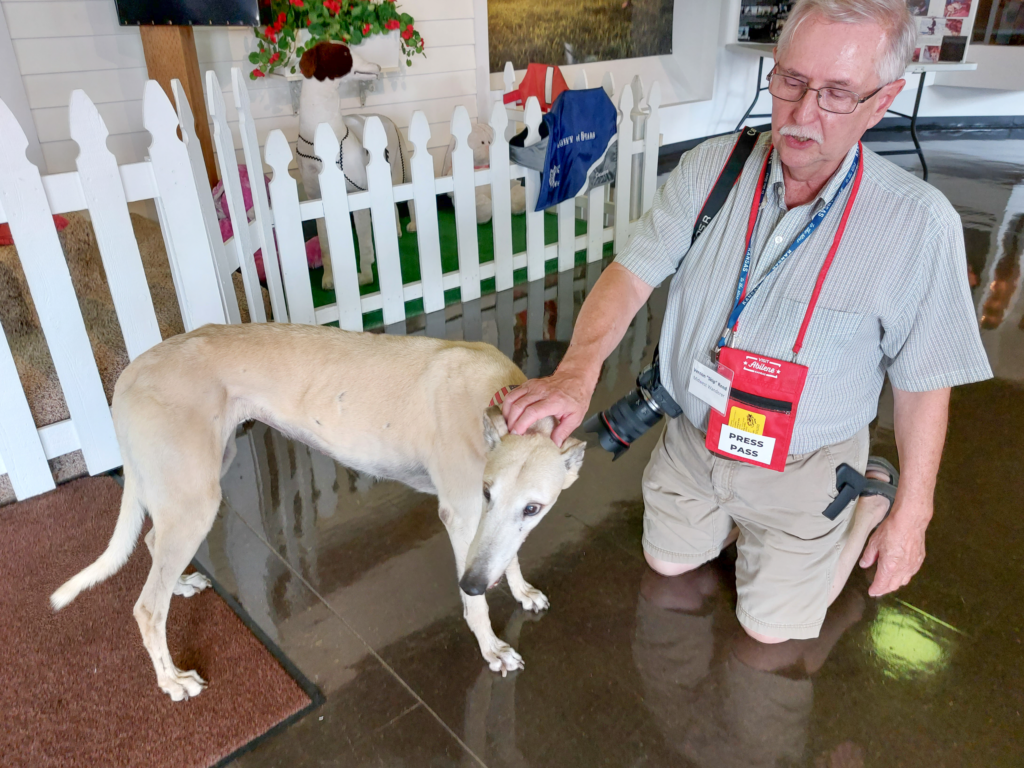
A Few Fun Facts
- Greyhounds are the fastest running dogs, speeding up to 45 miles per hour.
- On July 29, 1959, at Mile High Kennel Club in Colorado, nine greyhounds finished in exact numerical order, 1 through 9.
- Greyhounds wear muzzles to help determine the outcome of a photo finish.
Greyhound Hall of Fame Inductees
Part of the museum is dedicated to Hall of Fame inductees. Inductees include both humans and greyhounds who have made a significant contribution to the greyhound racing industry through excellence, integrity, consistency, and longevity. Inductees are honored with a plaque in the museum, along with a description of their achievements.
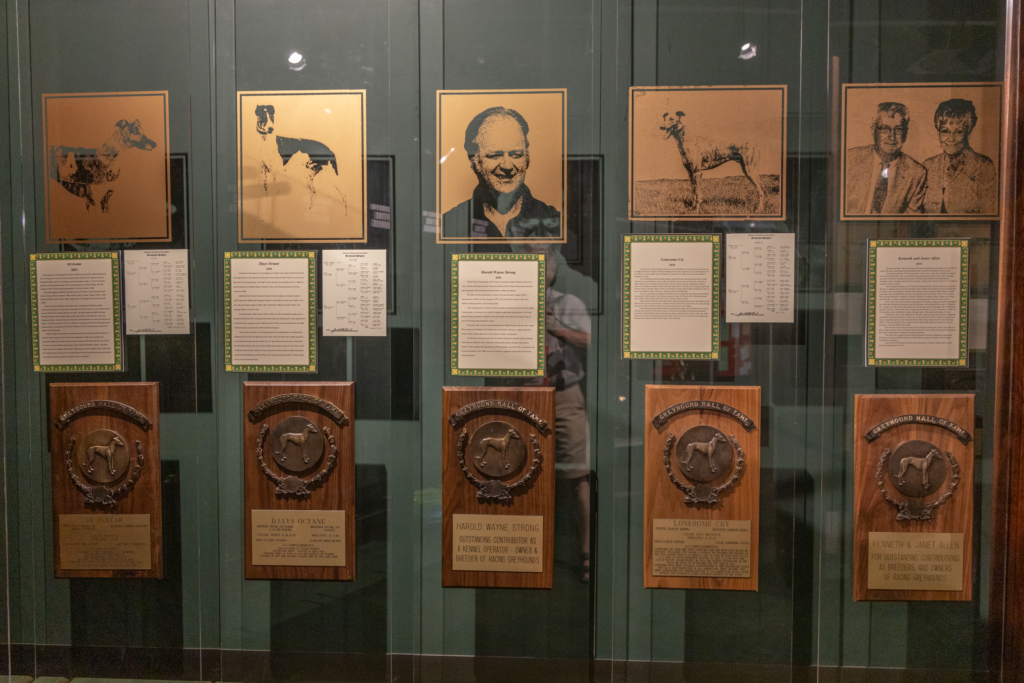
Only Two Greyhound Racetracks Remain
We were disappointed when the track closest to us, in Kenosha, Wisconsin, closed. What we didn’t realize then was greyhound racetracks were closing all over the country. Where there were once about fifty racetracks across the United States, only two remain. Both remaining venues are in West Virginia.
The biggest reason greyhound racetracks have closed is financial. Casino gambling is now legal in 44 of the 50 states, and casinos are far more profitable than greyhound para-mutual gambling. As the number of casinos has increased, greyhound racetracks have faded.
If You Visit the Greyhound Hall of Fame
The Greyhound Hall of Fame, located at 407 S Buckeye in Abilene, Kansas, is open Wednesday through Sunday, 10 a.m to 4 p.m. Admission is free, but donations are welcome. Check the website for further information.
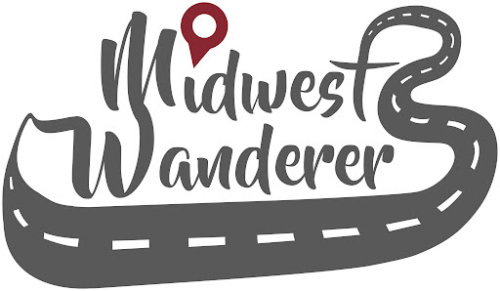
I had a retired greyhound plus I did a video on the program of retired greyhound my greyhound died a few years ago I also would love to have another one my greyhound name was Chic in the field her name was. “ Am a Chic I got mine from T.L.C
Thank you for adopting and for sharing your story, Stephen. I’m sorry for your loss.